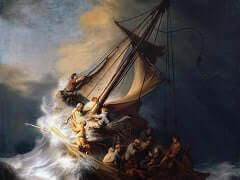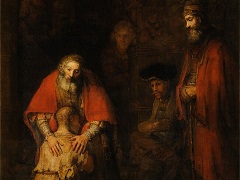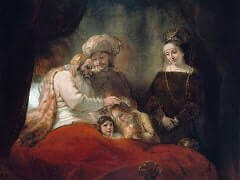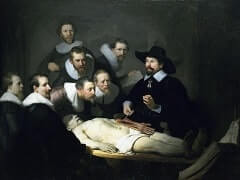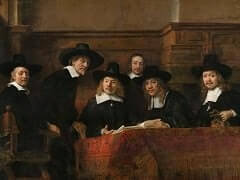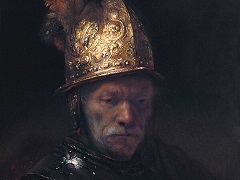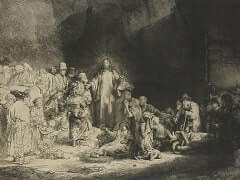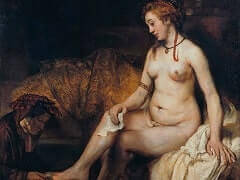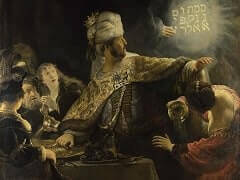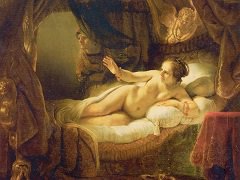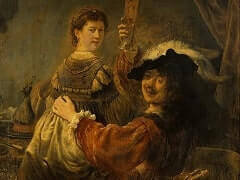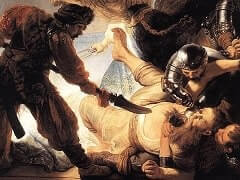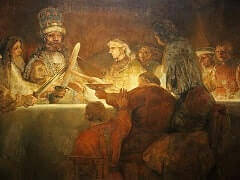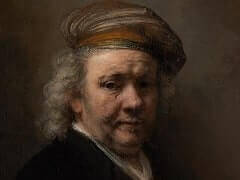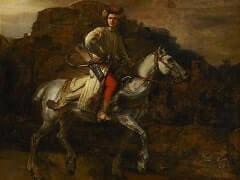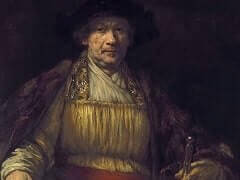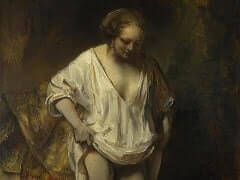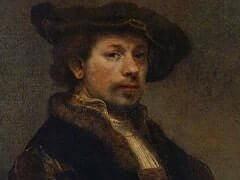The Sheet of Studies by Rembrandt
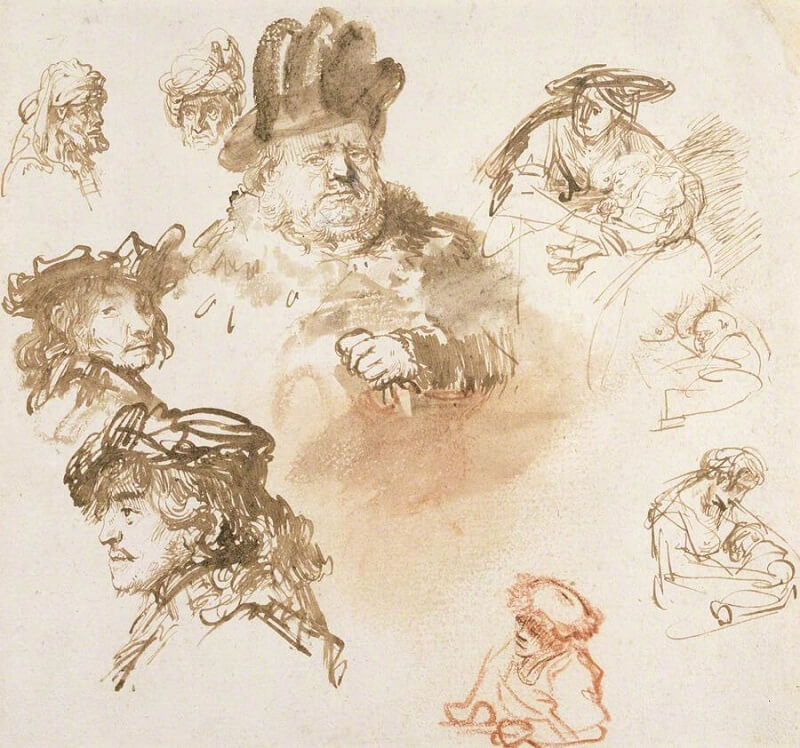
A long tradition preceded Rembrandt's practice of grouping studies taken from life or other sources and assembling them on a single sheet. Artists used these "model sheets" for their own reference or for that of their pupils. Some sheets repeat similar motifs - heads, scenes from everyday life, or studies for history figures - while others conjoin disparate subjects. These drawings must have appealed to collectors since Rembrandt also made etchings in the same manner, which naturally had a wider circulation than individual drawings. While the practice of study sheets had declined by the seventeenth century, drawing manuals and print series continued to produce these images for the instruction of novice draftsmen.
The sheet of studies in the Barber Institute at Birmingham is not only an excellent example of Rembrandt's versatility, as he has used several different styles of drawing on the one sheet, but also gives a clear insight into his ability to depict character. Probably dating from the latter half of the 1630s, the enormous head of the old man with the plume is familiar, as he is related to the type found in the Chatsworth painting, while the two striking studies of the same head at the lower left have something of the artist's own features in them.

